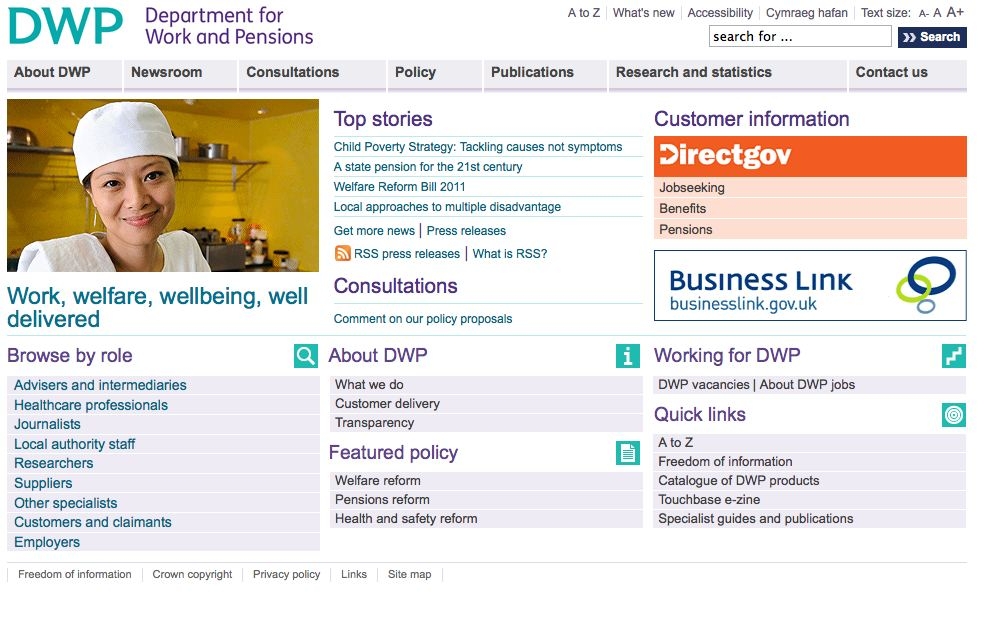
A study has shown a significant decline in workplace pension participation among private sector workers on low pay in the last 10 years, although auto-enrolment appears to be improving the situation.
The figures have been published this morning in a Department of Work and Pensions report examining the impact on auto-enrolment.
The annual evaluation of auto-enrolment, which was implemented just over two years ago, found in the private sector there has been steady decline across all lower earning groups since 2003.
The report stated: "For those earning between £10,000 and £20,000, participation has fallen from 38 per cent in 2003 to 27 per cent in 2013, but this is an improvement from when participation was lowest, for this group, in 2011 at 21 per cent."
Overall, between 2003 and 2013, there has been a fall in the number of eligible employees participating in a workplace pension from 12.3 million (65 per cent) to 11.7 million (58 per cent).
However, it appears that auto-enrolment has boosted these numbers because between 2012 and 2013 there was a significant increase of 0.9 million.
Public sector pension participation remained high at 5.0 million (90 per cent) in 2013, which was the same level as 2003.
{desktop}{/desktop}{mobile}{/mobile}
Overall, private sector pension participation has fallen from 7.7 million (56 per cent) in 2003 to 5.9 million (42 per cent) in 2012. However, in this category it would also appear that auto-enrolment has delivered a boost, with this rising to 6.7 million (46 per cent) in 2013.
In terms of age pension participation in the public sector has remained stable, with the largest increases being eligible employees in the 22 to 29 year old age group, which has increased from 79 per cent in 2012 to 84 per cent in 2013. Participation for the other age groups was:
-89 per cent of those aged 30 to 39
- 91 per cent for both the 40 to 49 year olds and 50 to state pension age groups.
Pension participation remained highest at 77 per cent in public administration, education and health and lowest in agriculture and fishing at 21 per cent.
The report stated: "The overall downward trend, in pension participation, across all industries was mostly driven by trends in the private sector.
"However, between 2012 and 2013 most industries in the private sector have seen a slight increase in participation, with energy and water seeing the largest, from 64 per cent to 74 per cent.
"Participation by industry in the public sector has remained relatively stable, with all industries showing higher participation levels than those seen in the private sector."
Transport and communication and other services industries showed the largest increases between 2003 and 2013 of 11 percentage points and 8 percentage points respectively.
Between 2012 and 2013, banking, finance and insurance saw a 13 percentage point increase in pension participation.
Pension participation remained highest in the professional occupations at 78 per cent in 2013, compared to lowest in elementary jobs at 35 per cent.

